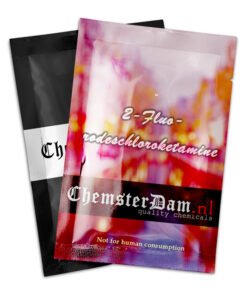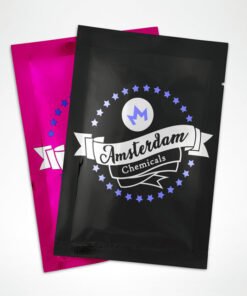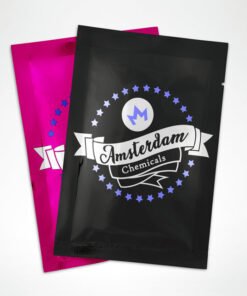MiPLA
€14.65 – €366.00
Buy Clean and pure MiPLA [>90.0%] direct from our online shop
Shipping to USA, EU, NZ, AU *
*for research purposes only. human consumption is against our terms of service.
as with its structurally related lysergamides, mipla principally acts as a 5-ht2a partial agonist, through which it exerts its psychedelic effects. however, the role of these interactions and how they result in the psychedelic experience is unclear.
| bulk discount: | |
| 1 Gram | 14.65 |
| 3 Grams | 33.00 |
| 5 Grams | 46.00 |
| 10 Grams | 88.00 |
| 25 Grams | 201.50 |
| 50 Grams | 366.00 |
| property | value |
|---|---|
| Common names | MiPLA, Lamide |
| Substitutive name | Methylisopropyllysergamide |
| Systematic name | (6aR,9R)-N-methyl-N-isopropyl-7-methyl-4,6,6a,7,8,9-hexahydroindolo-[4,3-fg]quinoline-9-carboxamide |
| Psychoactive class | Psychedelic |
| Chemical class | Lysergamide |
n-methyl-n-isopropyllysergamide (also known as methylisopropyllysergamide, lamide and mipla) is a lesser-known novel psychedelic substance of the lysergamide class. mipla is structurally related to lsd and likely has a similar mechanism of action, working primarily by binding to the serotonin-2a receptor in the brain.
mipla was first discovered by albert hoffman as a part of the original structure-activity research for lsd. it has recently been researched in greater detail by by a team led by david e. nichols at purdue university. mipla and its effects are also mentioned in alexander shulgin’s “pharmacology notes #9” and “pharmacology notes c”. according to shulgin, human subjects administered mipla at doses of 180–300 μg experienced lsd-like psychedelic effects, making it about two- to threefold less potent than lsd.
user reports describe the effects of mipla as similar to those of lsd but with some notable differences. it has been described as more mentally and physically oriented than lsd but with a less introspective headspace, accompanied by subtle visuals. it also has a notably shorter duration at around 6 hours and is generally described as less anxiety-provoking than lsd and other lysergamides.
very little data exists about the pharmacological properties, metabolism, and toxicity of mipla. it is highly advised to use harm reduction practices when using this substance.
chemistry
the chemical name of mipla is methylisopropyllysergamide. mipla belongs to a class of organic compounds known as lysergamides, which are a subclass of ergolines (derivatives of the alkaloids found in the ergot fungus). the most prominent member of the lysergamides is lsd, lysergic acid diethylamide.
mipla is a structural isomer of lsd. like lsd, the chemical structure of mipla is based on the lysergic acid amide structural skeleton. however, whereas lsd has two ethyl groups bound to the amide nitrogen, mipla is substituted with a methyl and isopropyl group.
mipla is a chiral compound with two stereocenters at r5 and r8. the differences in psychoactivity between the stereoisomers have not yet been investigated.
pharmacology
as with its structurally related lysergamides, mipla principally acts as a 5-ht2a partial agonist, through which it exerts its psychedelic effects. however, the role of these interactions and how they result in the psychedelic experience is unclear.
owing to similarities in chemical structure, mipla and lsd have highly similar binding profiles at monoamine receptors (i.e. serotonin, dopamine, and norepinephrine).
one study found mipla to fully substitute for lsd in rats, with about half the potency of the training drug.
| Gram | 1 Gram, 3 Grams, 5 Grams, 10 Grams, 25 Grams, 50 Grams |
|---|










Reviews
There are no reviews yet.